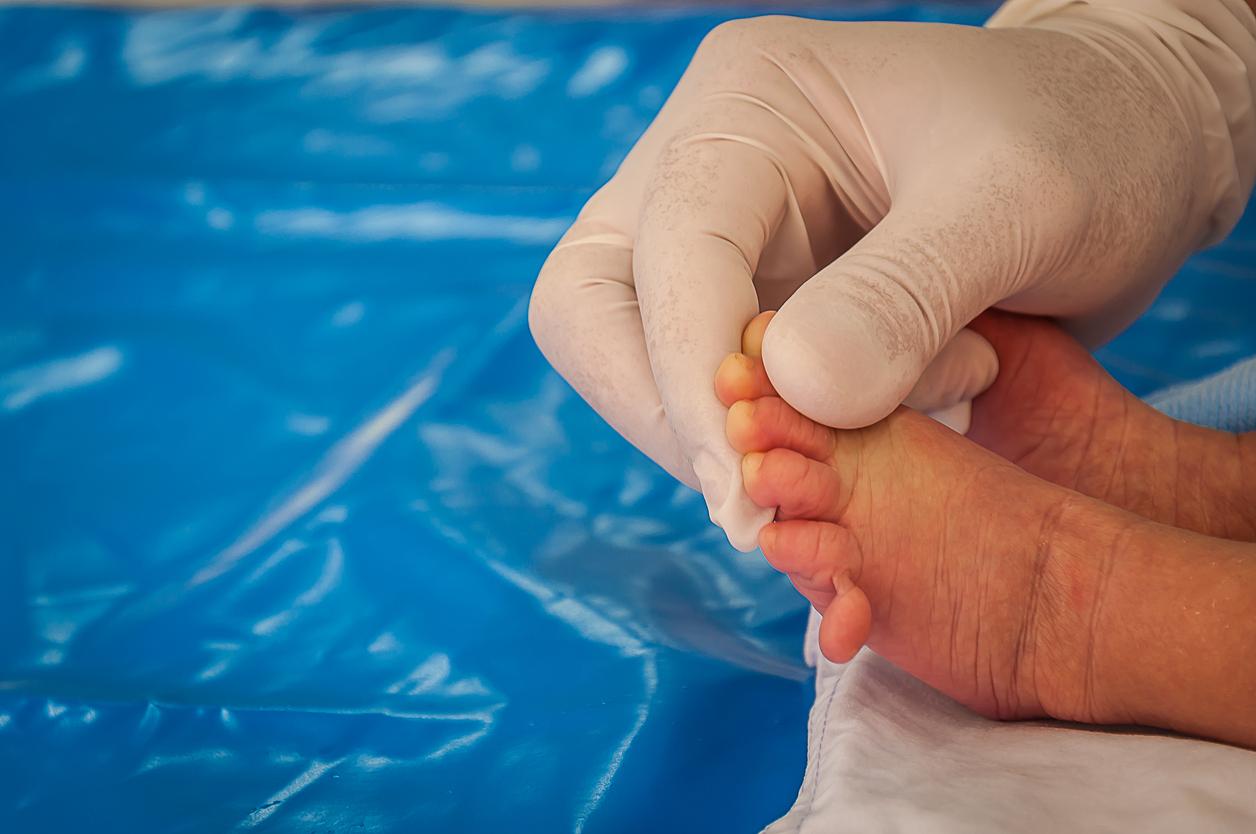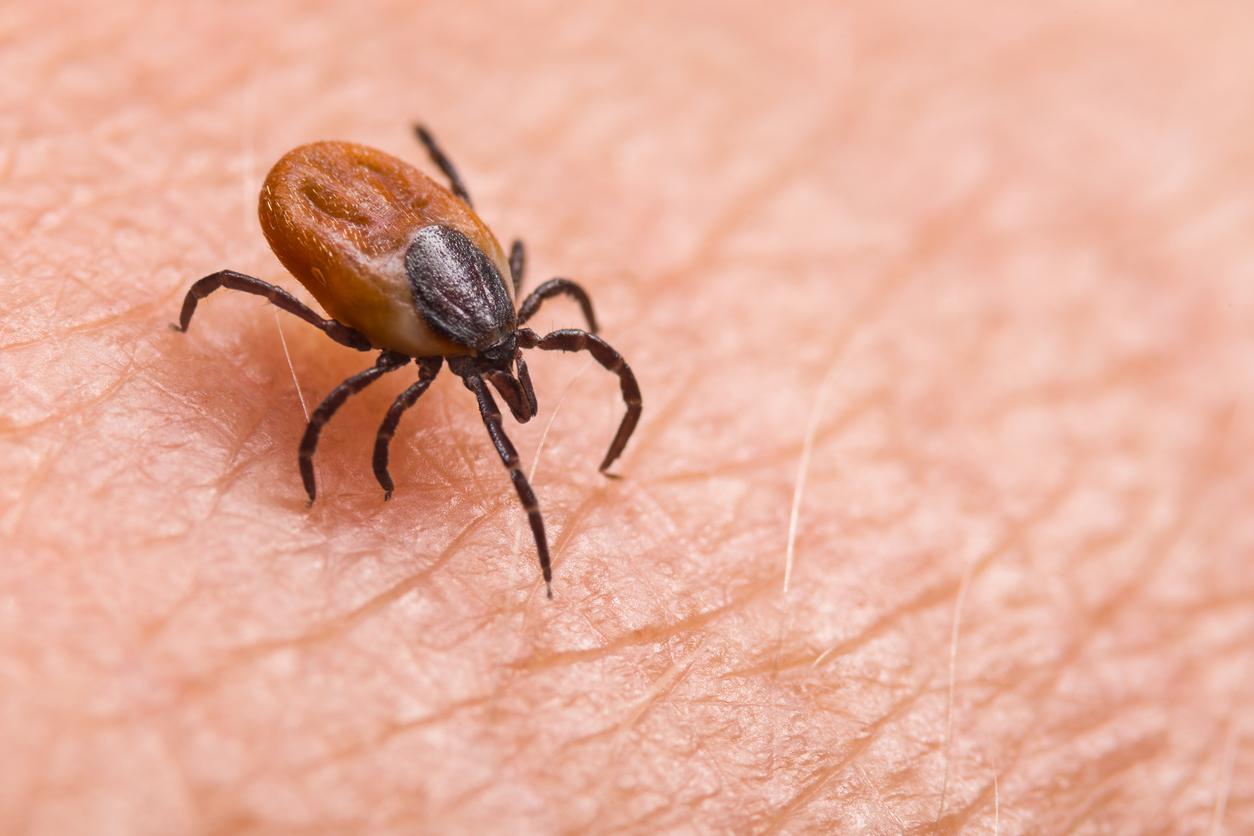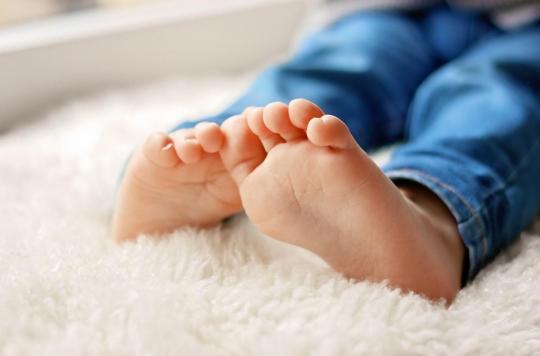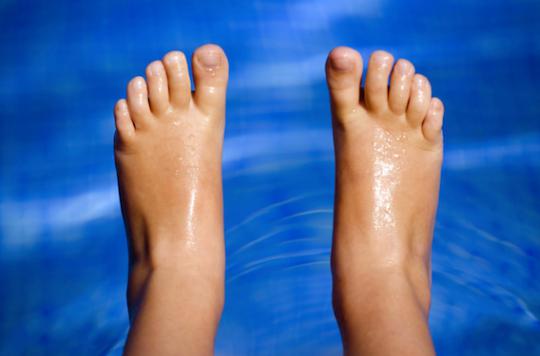
Straighten a crooked toe
Not everyone has perfectly formed feet with nice straight toes. Crooked toes, hammer toes, claw toes, bunions (lumps or swellings), and corns are common. With a plastic toe piece, an orthosis, the podiatrist can remedy or alleviate a lot of problems.
Deviations such as hammertoes are usually hereditary, but the wrong shoes can also lead to deformities and abnormalities. And counting the years can sometimes cause problems due to (sometimes unnoticed) wear of the foot, which can eventually lead to, for example, a crooked toe. If you turn to the podiatrist in case of complaints, he or she will first want to know the underlying cause of the condition. The pain and pressure points on your foot are examined, as well as the mobility of the foot and toes. And the therapist will want to know a thing or two about the shoes you walk on and what sports you do. Soccer players and gymnasts, for example, are more likely to suffer from stiff toe joints, due to a combination of shoe and foot movements.
Need a referral?
Nowadays you no longer need a referral from your GP for a podiatrist. The podiatrist is a protected title under the BIG Act. This legislation determines which care providers are allowed to provide which care. In this way, the government monitors the quality of care. With an orthosis it is usually possible to correct a wrong position of a toe or otherwise prevent further misalignment. An orthosis is custom made from skin-coloured silicone, or from a harder plastic if necessary. Orthoses can ‘stretch’ or otherwise correct a crooked toe or hammer toe, provided that the joints in the toe are still somewhat flexible in the opinion of the podiatrist. In some cases a combination with other aids is necessary, for example a sole to support the forefoot. You only wear an orthosis with your shoes on, so that it stays in place. A corrective orthosis in particular gives a somewhat unpleasant feeling in the beginning, the habituation can take up to two weeks.
corns
Orthoses can also have a protective function, for example against inflammation, painful lumps or corns. A corn or corn eye usually occurs on skin spots that are under pressure or rub against each other. Soft corns can form between toes that rub together or overlap (rider’s toes). The wrong shoes, a deviant foot position or a hammer toe are often the cause. Well-fitting, roomy shoes can already provide a lot of relief. For severe or stubborn corns, a soft orthosis can protect the callus.
good shoe
Many problems with feet and toes can be prevented by buying good shoes. But what is a good shoe? Toes must be able to move freely in shoes, even in height. Narrow, cramped shoes can pinch the big toe joint to such an extent that painful inflammation and swelling eventually develop, sometimes resulting in a crooked toe. High-heeled shoes put a lot of strain on the toes and forefoot, so never walk in them for too long. Podiatrists believe that heels should be no higher than three inches.









-1685098342.jpg)





